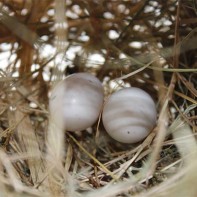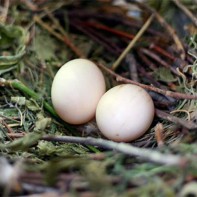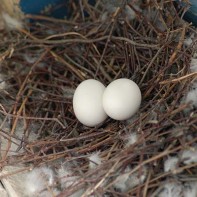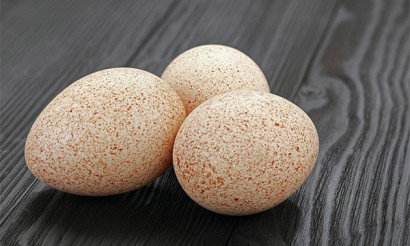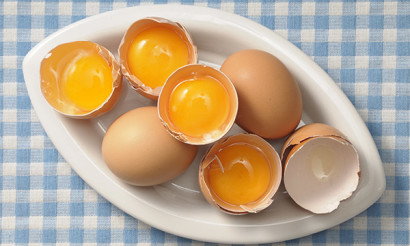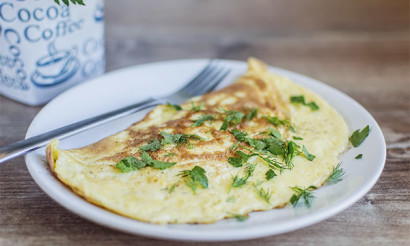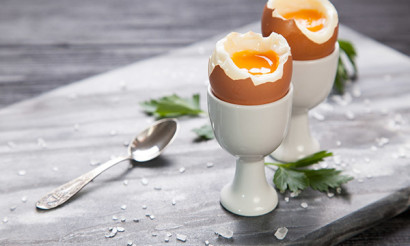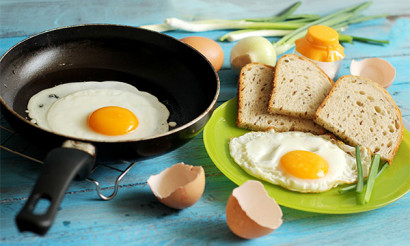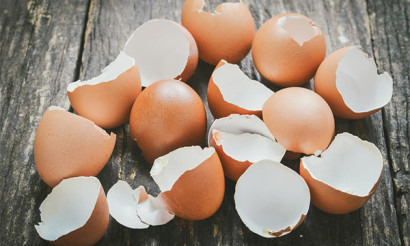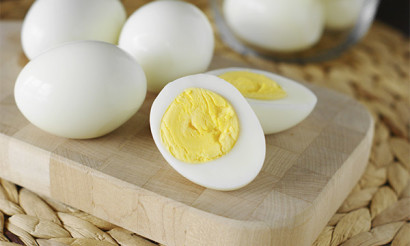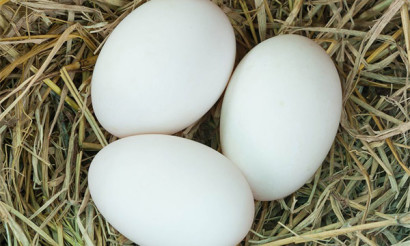Pigeon eggs: useful properties and contraindications.
Everyone in his life at least once has seen, fed, stroked or even photographed with such common birds in cities as pigeons. Photographers offering to capture visitors with their ornamental birds of fabulous beauty can easily be very popular in public squares, and in any park, armed with a baked good, you can easily gather a whole crowd of pigeons and doves around you. For a long time, the question has been circulating on the web, whether any of the ordinary people have seen the nestlings of pigeons, for it was quite difficult to find them. The thing is that pigeons belong to the nesting group of birds, whose chicks after hatching for a long time are not covered with warming fluff and are not able to leave their native nest.
Of course, the difficulty of finding the eggs concerns only ordinary people, but people who are constantly engaged in pigeon breeding can easily find a clutch of eggs in their own designated places. However, sometimes pigeons, like any other birds, may start to lay eggs out of season or the breeder himself can not allow to increase the number of his birds at the moment. In such cases, there is a legitimate question - where to put the pigeon eggs, and whether they can be eaten. In this article we will analyze in detail the pros and cons of this idea.
How pigeon eggs look like
Pigeons begin nesting and laying eggs most often with a thaw in early spring. One clutch is too small for them, so these birds most often incubate up to 4 eggs during the season. It takes an average of about 2 weeks for a pair of pigeons to complete the nest. The birds try not to leave the future nest for long, collecting sticks and various twigs in nearby areas.
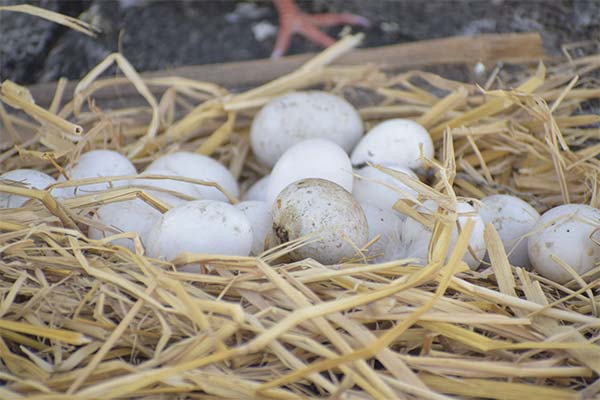
Once the nest is built, the female can immediately lay her first egg. This occurs about 9 days after fertilization. A clutch may contain from 1 to 3 eggs, but if this is the first time for the female, she will limit herself to one egg. A couple of days before the start of incubation, the dove with her wings spread out settles in and warms the still empty nest with her body. Often the time gap between egg 1 and egg 2 lasts about 49 hours. The pigeon does not usually incubate the first egg until the second one is laid, but there are cases when the chicks appear at a certain interval, which negatively affects their further post-embryonic development. If this happens in a pigeon farm, experienced poultry farmers remove the first egg and replace it with a dummy egg until the second egg is laid.
The pigeons not only build the nest together, but also sit on the eggs. This happens in the following way: from 11 a.m. to 5 p.m. the pigeon sits on the basket, and the pigeon sits the rest of the time. The incubation time varies from breed to breed, but this division is observed in all pigeons. If one of the parents dies, all the duties fall on the shoulders of the second parent, for pigeons have a very developed parental instinct.
Pigeon eggs are rather small ellipses of white color with a pearlescent cast, lacking various patterns or markings. They come in shades of gray, beige, and brown. They are up to 4 centimeters long and weigh between 17 and 27 grams, depending directly on the breed. The eggs are very fragile because their shells are incredibly thin.
Is it possible to eat pigeon eggs
Naturally, the eggs of pigeons, as well as any other domesticated and synanthropized species of birds are quite suitable for food, and in addition have a very pleasant taste characteristics. They are slightly smaller than quail eggs and much smaller than chicken eggs. If we talk about recipes, then 1 chicken egg corresponds to about 2-3 pigeon eggs. There is no appreciable difference in taste. When boiled (and this is the most common way of cooking this product), their whites do not lighten completely, but remain translucent: even through the fully cooked white you can see inside the yolk.
The sizar eggs are highly nutritious: 100 grams of the product contains 14 grams of protein and only 1.5 grams of carbohydrates, while the caloric value is 115 kilocalories.
Dishes made of this delicacy are incredibly expensive and it is not always possible to find them even in the most exquisite restaurants. Often, in order to enjoy them, gourmands have to make an advance order. The most common dishes made from this product are found in Chinese and French cuisine. There they serve as gourmet appetizers or ingredients for soups and salads. Cooks also add pigeon eggs instead of chicken eggs to make their pastries lighter and fluffier. In English cuisine the ingredient is the basis for exquisite varieties of quiches, cocktails and exquisite soufflés.
In ancient times, people of Transcaucasia were not squeamish about eating pigeon eggs. The peoples inhabiting the Baltic countries often cooked them in company with seafood, vegetables and hot. Once these eggs were quite popular with the inhabitants of ancient Russia.
What are the benefits of pigeon eggs
From the point of view of nutritionists, the useful properties of pigeon eggs for the human body leave no doubt. They are especially recommended for young children, the elderly, women during the breastfeeding period and pregnant women, as well as people with a weakened immune system. They contain vitamins such as A, D, B, E and many essential macronutrients: iron, sulfur, iodine, potassium, calcium, phosphorus, cobalt, manganese and healthy fatty acids.
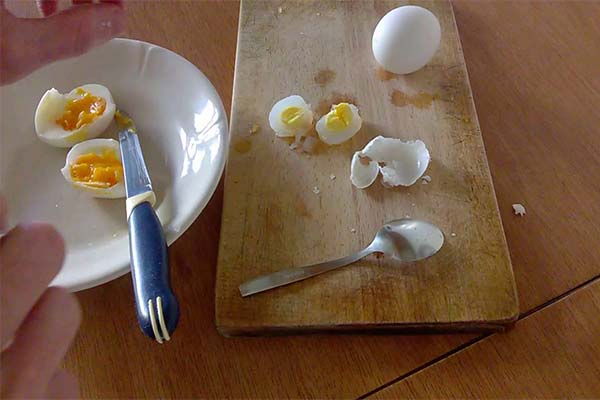
- Due to such an extensive list of useful components in its composition, eating pigeon eggs improves hemoglobin metabolism in the body, increases circulation in the bloodstream and has a positive effect on the quality of the skin, increasing its elasticity and firmness.
- The product is also incredibly useful for people suffering from anemia and women with irregular menstrual cycle.
- It has a beneficial effect on the kidneys, freeing the body from toxins accumulated during life, improves the cardiovascular system and reduces the risk of blood clots.
- It restores the mucous membranes and eyes, as well as the bone system.
- Participates in the regulation of all metabolic processes in the body.
Harms and contraindications
Pigeon eggs due to their useful properties are not only not harmful, but even rather useful for the human body. However, as mentioned above, there is a risk of individual intolerance. In such cases, it is necessary to immediately and completely eliminate pigeon eggs from the diet. It is also important not to forget that consuming too much of them will also bring more harm than good for the body.
Possible contraindications for eating pigeon eggs:
- protein intolerance;
- hepatitis;
- Gallstones.
What diseases can pigeon eggs help against?
The main element of egg protein is ovalbumin, it also contains cotalbumin, which has an antibacterial effect. Plus, the protein contains absolutely all the B vitamins, and the yolk can be called a real treasure trove of vitamin D and calcium, which strengthens bone tissue. Egg niacin is also very beneficial for brain function. Pigeon eggs also contain a lot of iron, which has a positive effect on the heart and blood vessels and reduces the risk of cancer cells in the body.
The lutein in the yolk improves visual function by forming a protection for the optic nerves and fighting the occurrence of cataracts. Choline, on the other hand, reduces the risk of cancer in the mammary glands and cleanses the liver of accumulated toxins. Folic acid is essential for pregnant and breastfeeding women. Yolk also contains many healthy fatty acids, such as:
- linoleic;
- palmitic acid;
- nicotinic;
- stearic;
- myristic acid;
- oleic;
- and many others.
How to store the product
Methods of pigeon eggs storage are divided into 2 types, and directly depend on how they are going to be used in the end. If you decided to hatch the chicks from them, they should be kept at 8-12 degrees and 70-75% relative humidity, avoiding contact with direct sunlight and heating sources. If an egg is exposed to occasional heating, the embryo may begin to develop and will subsequently freeze and die. Eggs retain their properties only for 8-10 days, or 6-7 days if transported under optimal conditions. They should be transported in a box lined with dry sawdust, fine sand or sifted ash in a layer of 5-6 cm and covered with the same material on top. Eggs should not touch each other, keeping a gap of 2-3 cm. Do not allow sudden shocks and shaking of the box.
If no further incubation of eggs is planned, there are no special storage conditions, eggs are kept as well as hen eggs.
What can be cooked
As previously mentioned, in the recipes of any kitchen chicken eggs can always be replaced by pigeon eggs, in a ratio of 1:3. There are also several dishes that are traditionally cooked exactly on the eggs of the blue-winged. Here are a few of them.
Fried Eggs
For cooking, you need already boiled and peeled eggs, you need to make a few tiny punctures in them (with a toothpick or skewer) and marinate about 30 minutes. The marinade consists of: dry wine (11 g), ginger (11 g), salt (4 g) and onion (11 g). After marinade should be immersed in a mixture of starch and flour, and then - in whipped whites of chicken eggs. Fry everything in plenty of vegetable oil and serve with a sprinkle of chopped greens.
Chinese stew
Pigeon or quail eggs should be boiled, peeled, and fried in vegetable oil until golden. At the same time, boil in boiling water the rare species of xiangu mushrooms and the finest bamboo shoots, cut into slices, and then transfer them to the skillet. Add some soy sauce, fresh chicken broth, and quite a drop of rice vodka. Leave on the heat until the volume of liquid is reduced by half. Add the starch and a mixture of ginger, badjan, onion and pepper, fried in boiling oil. The eggs should be poured into the hot sauce along with the bamboo and mushrooms and served hot.
How to raise a pigeon egg
Normally pigeons do fine on their own in hatching their eggs, but there are a number of cases where pigeons leave their nest and the burden of parenthood falls on the owner's shoulders. Consider the basic rules for incubating pigeon eggs.
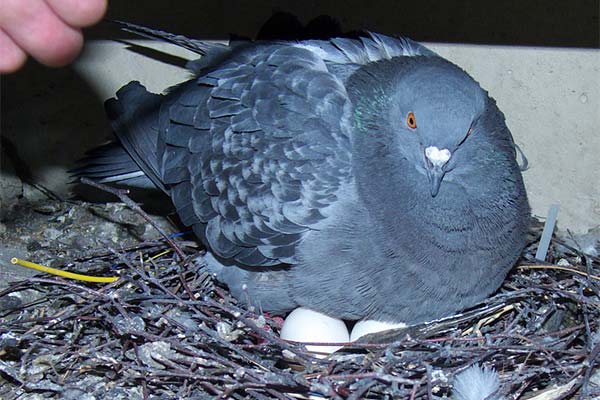
- The temperature in the incubator must be strictly 37.6 degrees Celsius.
- Humidity is 53%, exceeding up to 70% is allowed, but do not go below 50% in any case. Eggs are better suited to over-humidification, as the lack of moisture can make the shell harder and the chick will die.
- In the last 3 days of the incubation period it is better to increase the humidity to 75%.
- The first opening for ventilation should be opened on day 8, the second on day 14. There is no need to turn the eggs, but if they dry out it is not superfluous to sprinkle them with clean warm filtered water on the 10th-12th day of incubation.
- The period of artificial incubation of pigeon eggs varies from 16 to 19 days.
Feeding the chicks
After the chicks hatch, the host has three options:
- Feed the chicks to the parent pair.
- Giving them to an alien pigeon pair.
- Feed them on their own.
It is worth noting that there is an important rule - the older the chick is, the easier it is to finish feeding it. It is also very important to remember that pigeon chicks are not chicks, and if the parents do abandon them, 80% of the time you should accept the inevitable outcome of their death. The chances to raise the chicks are real if they are abandoned on the 7th-10th day after hatching. For this purpose experienced poultry breeders use either boiled chicken yolk diluted with milk or mush from wheat flour or peas cooked with milk or bread soaked in water. However, this kind of feeding is only suitable for chicks older than 10 days of birth. Usually use a straw or syringe without a needle.
«Important: All information on this site is provided for informational purposes only. information on this site is for reference only. Before applying any recommendations, consult a specialist. health care professional. Neither the editors nor the authors shall be liable for any possible harm caused by materials."



